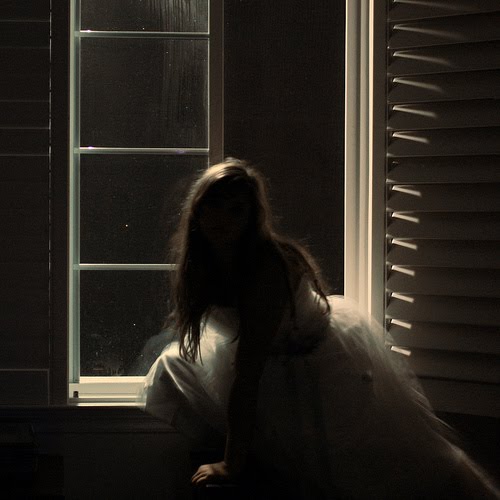5 Grammar Rules People Break Most
The English language is a tricky devil to wrap your head around sometimes. It's a hard language to learn for non-native speakers, and it has more irregularities than an old-folks home. With that in mind, we're here to help by giving you a handy guide for those nagging issues and confusing rules (or exceptions) that arise from time to time to help make sure you're using your language correctly.
Affect vs. Effect
What a silly pair of words. Will you be affected by the effect? Not if you're not sure what you're talking about. So here's a handy tip for remembering which is the verb and which is the noun:
Lady Gaga affects the brain stem, leading to bleeding ears and other painful effects.
Who vs. Whom
Smarty threw a party and no one came -- remember that. A lot of people toss "whom" about willy nilly because they think it makes them sound smart like Frasier, but there's a time and a place for all whoms, which we're not even sure can be pluralized. Anyway, you want "who" when it's the subject and "whom" when it's the object of the sentence.
Who kicked whom in the groin?
Why is this correct and the reverse not? Replace who with "he" and whom with "him" and if the sentence makes sense, then Bob's your uncle.
Which vs. That
Most people won't give you trouble for this as grammar rules have loosened over the years, but if you want to be a stickler, "that" is important and "which" is not. Which is to say "that" is for essential parts of the sentence which, if they were removed, would change its meaning (and no commas are needed). "Which," on the other hand, is for use in sentences that have extra, non-essential information added.
The thing that bit me was a zombie.
The bite, which later turned me into a zombie, was oozing pus.
Notice in the second sentence that you can remove the whole part about the zombie and still appreciate the pus-oozing bite. If you remove anything in the first sentence you lose all kinds of meaning.
Me vs. I
This is another case where often people want to sound smart and for some reason "I" sounds smarter than "me." Saying "Jerry watched me and Billy Joe eat fudge all afternoon" just seems wrong to some people, when in fact it's perfectly fine, although that much fudge is not healthy.
Basically, in order to figure this out, take out any reference to other people and see if the sentence makes sense.
Billy and I drank Thunderbird and he passed out on me in the dumpster.
"Me drank Thunderbird" and "passed out on I" just don't sound right, now do they?
Its vs. It's
This one seems easy but it sneaks in all the time, and the reason is because it's just weird. We're used to the possessive of any word ending in an apostrophe-s, so we want to use "it's" to mean that something belongs to it. Unfortunately, "it's" was stolen by the contraction for "it is" and we can't have two contractions that look the same but mean different things; all hell would break loose.
It's not our fault its apostrophe is missing.
Gerald Stern Visit 3/25/2010
15 years ago






